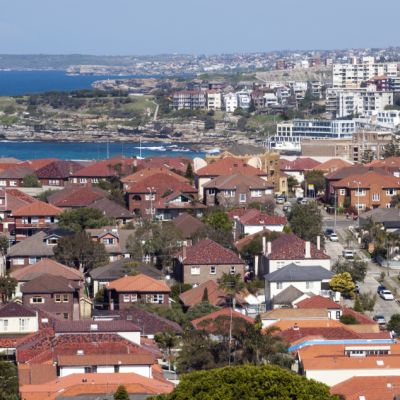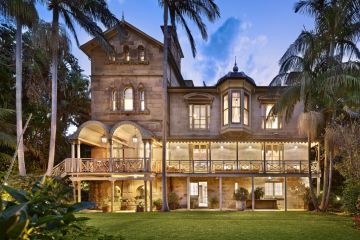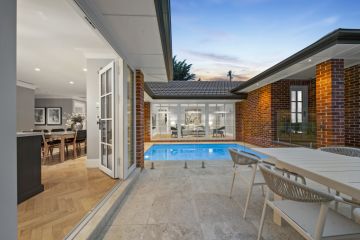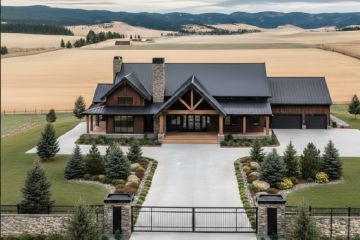Canberrans and Brisbanites pay lowest stamp duty in Australia, new analysis shows
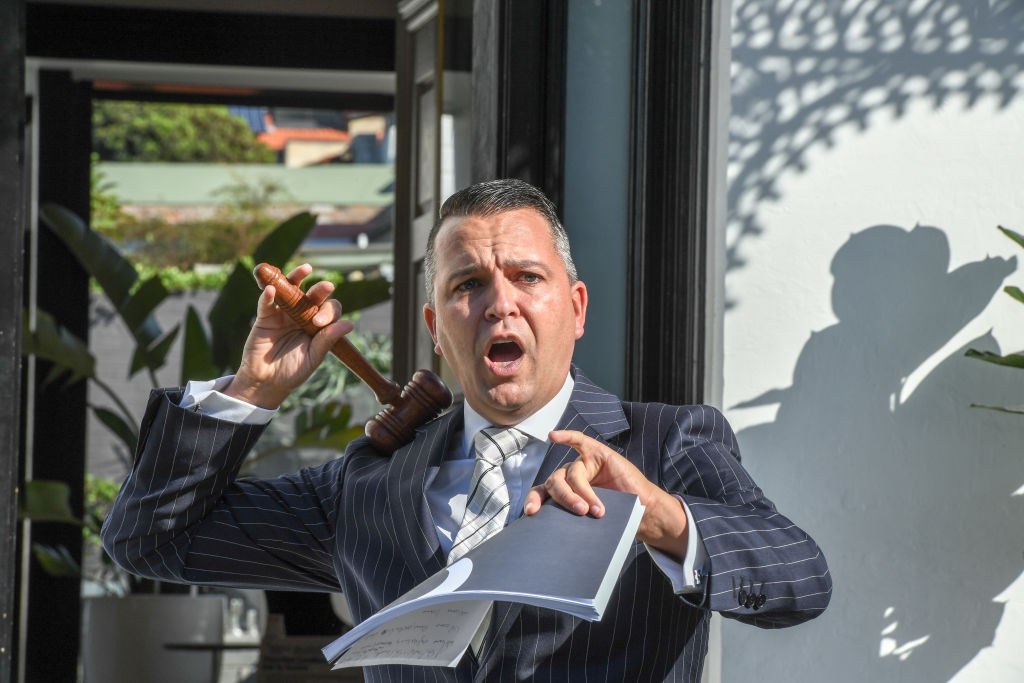
Canberrans and Brisbanites pay the lowest stamp duty of all capitals when buying property, a new data analysis reveals.
On the national median house price of $756,387, Brisbane buyers would pay 2.6 per cent – or $19,887 – on stamp duty on their property purchase, according to the analysis by Domain.
Stamp duty on a purchase at Brisbane’s median house price of $563,559 would be even less – 2 per cent, or $11,210.
The analysis did not include any state government-led stamp duty concessions, therefore modelling a more likely scenario for established owner-occupiers.
“The lowest values of stamp duty are being paid in Brisbane and that is largely because of the significant concessions for owner-occupiers,” Domain research analyst Eliza Owen said.
“So whether you’re looking at a typical price across Brisbane or all of Australia, the stamp duty equates between one to 3 per cent.”
On a purchase at the national median of $756,387 in Canberra, stamp duty would be 3 per cent of the purchase, or $22,578. At Canberra’s median house price of $727,096, stamp duty is $21,210.
The ACT is in the midst of a 20-year radical tax reform, abolishing stamp duty and replacing it with broad-based land tax.
The transition would eventually remove one of the significant barriers to property ownership and would level the playing field, according to Housing Industry Association economist Angela Lillicrap.
“Instead of the taxation revenue being paid by just the people who are buying a property in the market, it’s being replaced by everyone who owns property in the ACT,” Ms Lillicrap said.
“If you replace stamp duty with an alternative broad-based tax, it would provide a consistent, reliable revenue stream.”
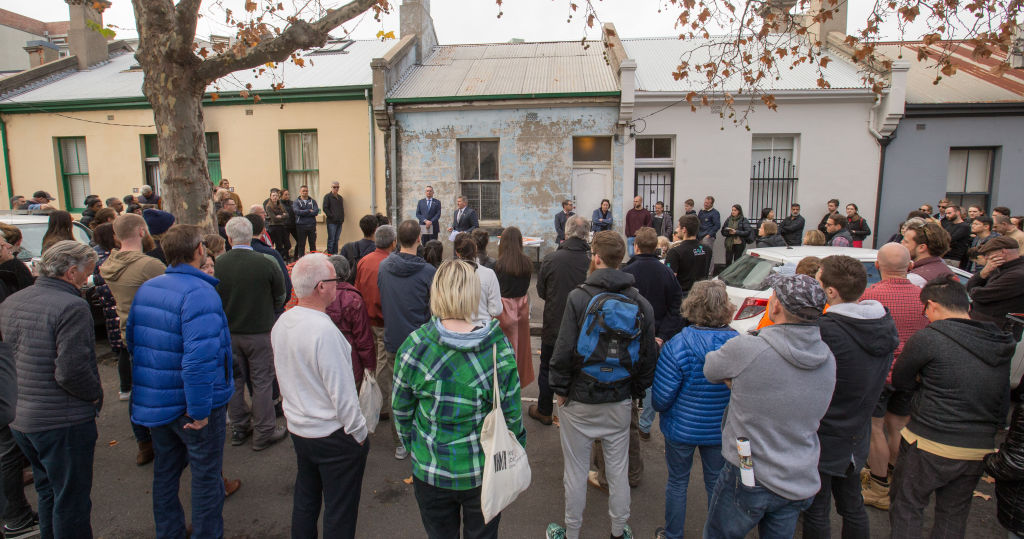
Ms Lillicrap said the ACT Treasury had the lowest dependence on stamp duty, accounting for 13 per cent of total taxation revenue raised in 2018-19.
It sits in stark contrast with Victoria, Tasmania and NSW where the reliance on stamp duty accounted for more than one-fifth of all taxation revenue raised in the same year, the association found.
The NSW government has forgone $10.6 billion in lost stamp duty revenue due to slowing sales and falling prices during Sydney’s property downturn of the past two years.
Meanwhile, Victoria has revised its stamp duty revenue down by $5.2 billion.
Melburnians pay the highest stamp duties in the country, followed by Adelaide and Sydney.
On the purchase of the national median house price, stamp duty costs a Melbourne buyer 5.3 per cent – or $40,453.
Stamp duty would cost even more at Melbourne median house price of $814,677, accounting for 5.4 per cent of the purchase price or $43.951.
And stamp duties remained the highest in Melbourne even when purchasing a unit, costing 4.5 per cent of the national unit median price or $23,943.
Adelaide buyers paid the second-highest portion of stamp duty at 4.7 per cent of the national median house price and 4.4 per cent at its city’s median house price of $541,060.
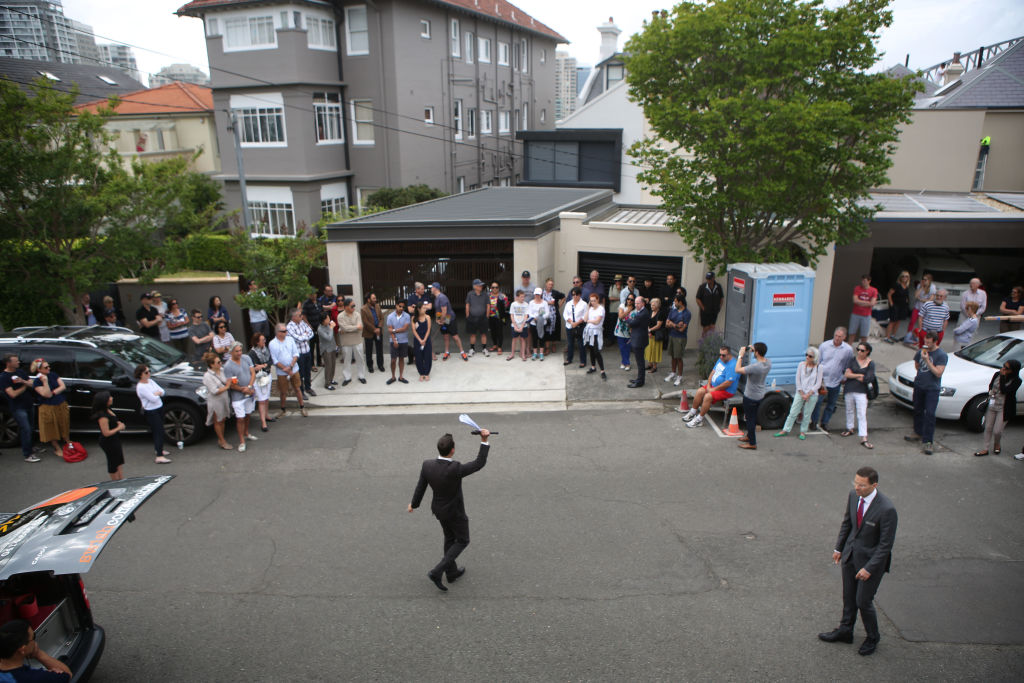
It sets a Sydneysider back $29,469 – or 3.9 per cent – at the national median house price.
That figure jumps to $41,789, or 4.1 per cent, at Sydney’s median house price of $1,027,042.
Brisbane and Canberra buyers would pay even less on stamp duty when buying a unit at the national median unit price of $532,878.
Stamp duty sets back Brisbane unit buyers $9901 or 1.9 per cent.
On the purchase of Brisbane median unit price of $373,713, stamp duty costs 1.2 per cent.
Stamp duty would set back Canberra unit buyers $12,821 or 2.4 per cent.
On the purchase of Canberra’s unit price of $437,684, stamp duty costs even less at 2.1 per cent.
Grattan Institute program director of household finances Brendan Coates said stamp duty was an easy, silent tax that governments were happy to apply.
“You can ratchet up the rate, you only pay once and you don’t notice it in the same way as a personal income tax,” Mr Coates said.
“In the same way with bracket creep for personal income tax, it also applies to stamp duty. Most states don’t index to [a] change in property values.”
As a result, the economic drag of stamp duties has increased over the past two decades, Mr Coates said.
“Average rates of stamp duty have risen substantially in all states, from around 2 to 3 per cent on the median-priced house in each capital city in 1995 to around 4 per cent today, because thresholds have not kept pace with rising house prices.”
He said the tax was unfair because it penalised people for moving for better job opportunities and discouraged property owners from downsizing.
“One family could pay more tax than another with similar income and assets, simply because it moves house more often. Stamp duties especially penalise young people, who tend to be more mobile,” Mr Coates said.
“The effects of stamp duty are material: one study found that a 10 per cent increase in stamp duty can reduce housing turnover by 3 per cent immediately, and 6 per cent in the long run.”
We recommend
States
Capital Cities
Capital Cities - Rentals
Popular Areas
Allhomes
More
